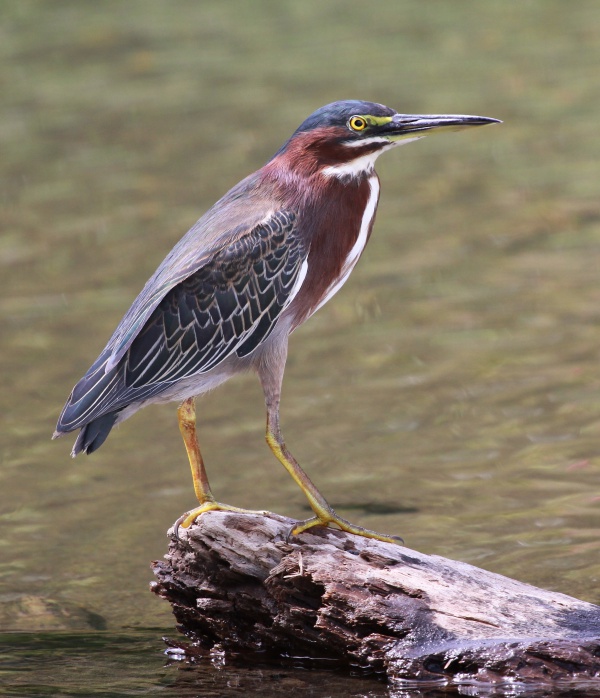Facts About Green heron
The green heron is a small yet captivating bird native to North and Central America, easily identifiable by its greenish plumage. Historically, it was grouped with the striated heron as a single species, but recent classifications recognize it as distinct.
Adult green herons are notable for their glossy greenish-black cap, greenish wings and back, and a chestnut neck adorned with white streaks. Sexual dimorphism is evident: females are smaller and exhibit duller feathers compared to males. Juvenile green herons display more muted colors until they mature. Their calls are distinctive and vary depending on whether they are courting or responding to other situations.
Previously classified under Butorides striata, the green heron has been re-evaluated and given its own species status. Ongoing debate surrounds the identification of various subspecies, and further genetic research is needed for clarification.
These birds favor small wetlands and are most active at dawn and dusk. Their diet consists primarily of small fish, frogs, and invertebrates. Remarkably, green herons are known for their intelligence—they have been observed using tools like bait to catch fish, an unusual behavior among birds.
During the breeding season, green herons form monogamous pairs and opt to nest in forested areas near water. They typically lay between 2 to 6 eggs, with both parents sharing the incubation duties. After approximately 30-35 days, the chicks are ready to fledge. Depending on their geographic location, some green heron populations migrate, while others are resident year-round. In certain regions, they may even breed twice annually.
